Estimated reading time 4 minutes, 35 seconds.
After analyzing dozens of helicopter accidents that resulted in fatalities for pilots and passengers, the U.S. Helicopter Safety Team has uncovered five vital action items for pilots that will improve safe operations. Focusing pilots on these solutions will allow them to make better choices before and during their flights. The facts show that failure in these areas has resulted in lives being lost.

Take time for your walk around
The pilot in command is responsible for determining the airworthiness of the aircraft he or she is operating. An adequate pre-flight inspection and final walk around is key to determining the condition of an aircraft prior to flight. In addition, post-flight inspection can help to identify issues prior to the next flight. The USHST believes that pilots would benefit from better guidance on how and why to conduct these inspections, as well as increased attention to their importance.
Communicate risk issues in the cockpit
The flight environment is often dynamic and not every contingency can be anticipated or scripted in advance. The pilot in command is ultimately responsible for the safety of a flight, however, non-flying crew and passengers can and should work with the pilot to ensure safety. When unexpected changes are encountered, it is paramount that the pilot and crewmembers/passengers try to detect the elevation of risk, communicate it to each other and collectively work through a reasonable resolution or mitigation. The USHST believes that effective practices are needed for each stage in the process–detection, communication and decision.
Get solid training for make and model transitions
Transition training in the helicopter community is not uniformly applied, and this is leading to accidents because of unfamiliarity with airframe and/or equipment. The USHST believes that documentation related to helicopter transition training can be developed into a new, unified guide that would offer recommended practices and a “toolkit” to support standardized use.
Understand the hazards of over-the-counter medications
Because over-the-counter medications are readily available, pilots frequently underestimate the deleterious effects and the impairment caused by these sedating drugs. In spite of specific federal regulations and education efforts regarding flying while impaired, over-the-counter medication usage by pilots remains a factor in 10 to 13 per cent of aircraft accidents. The USHST believes that the helicopter community needs an increased awareness of the potentially disastrous results of operating an aircraft while taking these medications.
Make a safe attitude your overriding priority
Safety in the aviation world can be defined in many ways. From the reactive point of view, safety essentially means a lack of accidents, an absence of injuries and a general environment where things don’t go wrong. From the proactive point of view, this environment doesn’t exist for any consistent amount of time unless certain safety-related active principles are put in place and specific safety attitudes are fostered and strengthened. Whether we are strengthening a person’s safety attitude, bolstering a team’s safety convictions, or nurturing an entire safety culture, focusing every member of an aviation team at every level on clear and tangible convictions needs to be a central goal.
The USHST believes that a more widespread culture of safety can be developed if the principles are straightforward and relate to individuals:
- Your flight decisions need to be determined by safe actions;
- You need to take a proactive approach to solving safety issues;
- You must never carry out any unsafe actions or unprofessional behaviors;
- You should be continually looking for new safety knowledge and information; and
- You need to find ways to invest in and use technology that improves safety.
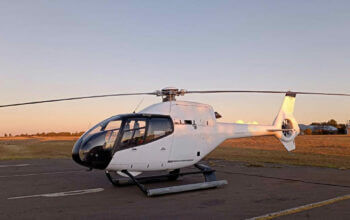

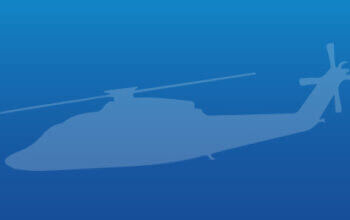
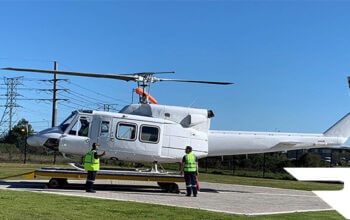
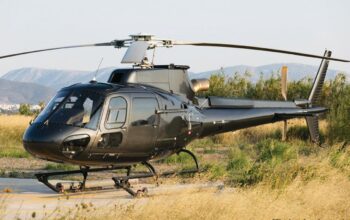
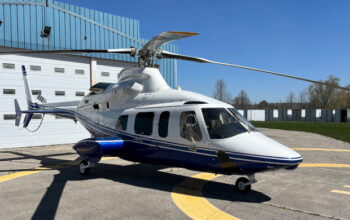

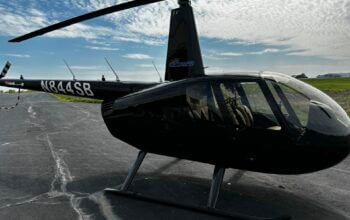

Operating a flying craft of all kind it can be, is a massive deal of responsibilities that unfortunately not everyone can handle it properly and this sadly even after lot of flying hours accumulated.